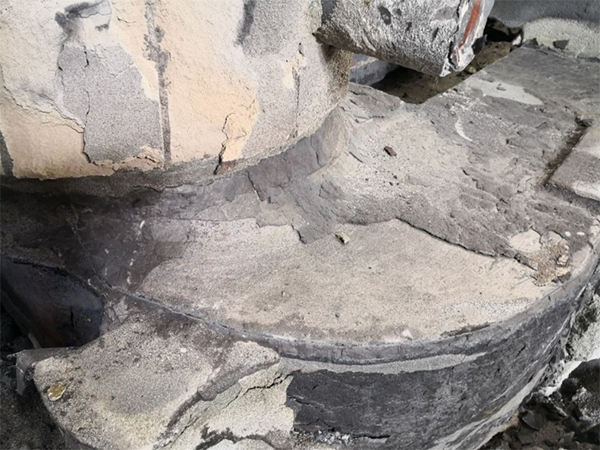The Intersection of 3D Printing and Sand Casting A Revolution in Manufacturing
In the ever-evolving landscape of manufacturing, the fusion of traditional methods and modern technologies has paved the way for groundbreaking innovations. One such synergy is the combination of 3D printing and sand casting, a pairing that enhances efficiency, precision, and versatility in the production of complex components.
The Intersection of 3D Printing and Sand Casting A Revolution in Manufacturing
The integration of 3D printing into the sand casting process brings numerous advantages. One of the primary benefits is the reduction in lead time. Traditionally, creating a sand mold requires significant time and labor, particularly for complex designs. However, with 3D printing, manufacturers can produce sand molds directly from digital designs with remarkable speed. This not only accelerates the production process but also decreases the costs associated with tooling and material waste.
3d printer sand casting

Moreover, the precision of 3D printing allows for the creation of highly detailed and customized molds. With traditional sand casting, achieving specific tolerances often necessitates multiple adjustments or refinements to the mold. In contrast, 3D printed molds can be designed to exact specifications, ensuring a higher quality end product with fewer defects. This precision is particularly beneficial in industries such as aerospace and automotive, where component integrity is paramount.
Additionally, the combination of 3D printing and sand casting opens new avenues for design innovation. Engineers and designers can experiment with complex geometries and lightweight structures that challenge conventional design parameters. This capability not only improves the performance of the final product but also contributes to more sustainable manufacturing practices by minimizing material use.
Despite these advantages, challenges remain. While the technology for 3D printed sand molds is advancing, there are still limitations regarding the materials used and scalability for mass production. However, ongoing research and development are continuously addressing these issues, making the marriage of 3D printing and sand casting an exciting frontier in manufacturing.
In conclusion, the synergy between 3D printing and sand casting is reshaping the manufacturing landscape. By leveraging the strengths of both methods, industries can achieve greater efficiency, enhanced precision, and innovative designs. As technology continues to develop, the future of manufacturing will undoubtedly be influenced by these advancements, leading to smarter, more sustainable production processes that can meet the demands of an ever-changing market.
Post time:Ліст . 02, 2024 20:44
Next:can you sand resin
